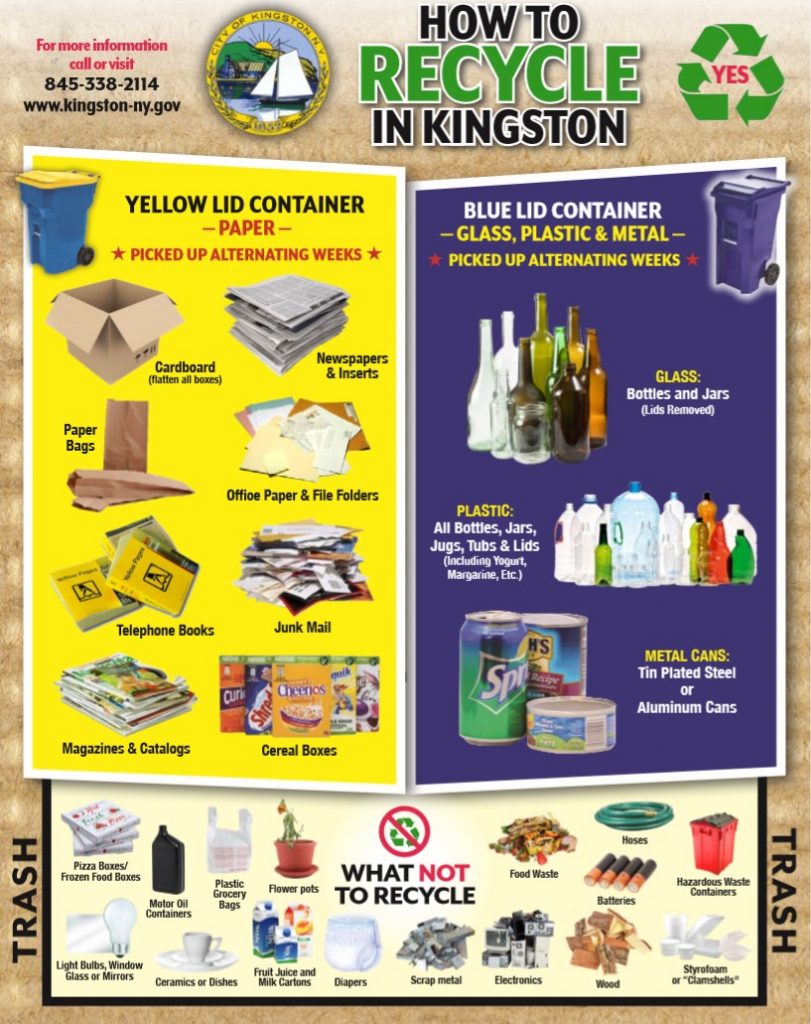Energy Efficiency in Alabama Homes: A Sustainable Approach Aligned with SDGs
Alabama experiences high temperatures during summer, leading to increased use of air conditioners and consequently higher energy bills. Addressing energy consumption in homes is crucial to advancing Sustainable Development Goals (SDGs), particularly SDG 7 (Affordable and Clean Energy), SDG 11 (Sustainable Cities and Communities), and SDG 13 (Climate Action).
1. Conducting a Home Energy Assessment
Performing a do-it-yourself energy assessment helps identify opportunities to improve energy efficiency. The U.S. Department of Energy provides guidelines for homeowners to evaluate their energy use and prioritize upgrades.
- Keep an Open Mind:
- Maintain a checklist of inspected areas and identified issues.
- Recognize that even new or remodeled homes may benefit from updated energy-saving technologies.
- Locate Air Leaks:
- Potential energy savings from reducing drafts range between 10% and 20% annually.
- Inspect gaps along baseboards, flooring edges, wall and ceiling joints, windows, doors, lighting, plumbing fixtures, switches, electrical outlets, and fireplace dampers.
- Seal the Leaks:
- Use plugs and caulk to seal holes around faucets, pipes, electrical outlets, and wiring.
- Repair cracks in mortar, foundation, siding, and around windows and doors with appropriate materials.
- Check Insulation Levels:
- Assess insulation in floors, ceilings, and walls, especially in older homes.
- Ensure attic hatches are insulated, weather-stripped, and close tightly.
- Seal gaps with expanding foam caulk or non-combustible sealants near heat-producing devices.
- Inspect Heating and Cooling Equipment:
- Conduct annual inspections or follow manufacturer recommendations.
- Consider replacing units older than 15 years with energy-efficient models to reduce consumption.
- Review Lighting:
- Lighting accounts for approximately 10% of electric bills.
- Replace inefficient bulbs with ENERGY STAR LEDs or energy-saving incandescent bulbs.
- Utilize connected home devices such as sensors, dimmers, or timers to optimize lighting use.
- Manage Appliances and Electronics:
- Evaluate energy use of household appliances and electronics.
- Implement strategies such as unplugging devices when not in use to prevent phantom loads.
- Use smart home energy management systems to monitor and control energy consumption.
2. Professional Energy Assessments
After completing a self-assessment, homeowners are encouraged to engage professional auditors for comprehensive evaluations. Many utility companies offer these services at reduced costs, enhancing the effectiveness of energy-saving measures.
3. Contribution to Sustainable Development Goals
- SDG 7 – Affordable and Clean Energy: Reducing energy consumption through efficient appliances, sealing leaks, and improved insulation promotes access to affordable and sustainable energy.
- SDG 11 – Sustainable Cities and Communities: Enhancing home energy efficiency supports sustainable urban living and reduces environmental impact.
- SDG 13 – Climate Action: Lowering energy use contributes to mitigating climate change by decreasing greenhouse gas emissions.
For detailed recommendations and guidance, refer to the U.S. Department of Energy’s Home Energy Assessment resources.
1. Sustainable Development Goals (SDGs) Addressed or Connected
- SDG 7: Affordable and Clean Energy
- The article focuses on energy efficiency in homes, reducing energy consumption, and promoting energy-saving technologies.
- SDG 11: Sustainable Cities and Communities
- Improving energy efficiency in residential buildings contributes to sustainable urban living and resilience to climate conditions.
- SDG 13: Climate Action
- Reducing energy consumption and improving efficiency helps mitigate climate change by lowering greenhouse gas emissions.
2. Specific Targets Under Those SDGs
- SDG 7 Targets
- Target 7.3: By 2030, double the global rate of improvement in energy efficiency.
- SDG 11 Targets
- Target 11.6: Reduce the adverse per capita environmental impact of cities, including by paying special attention to air quality and municipal and other waste management.
- SDG 13 Targets
- Target 13.1: Strengthen resilience and adaptive capacity to climate-related hazards and natural disasters in all countries.
3. Indicators Mentioned or Implied to Measure Progress
- Energy Savings Percentage
- The article mentions potential energy savings from reducing drafts in homes ranging from 10% to 20% per year, which can serve as an indicator of energy efficiency improvements.
- Energy Consumption of Appliances and Equipment
- Estimating energy use of appliances and electronics and monitoring consumption through smart home energy management systems implies measuring energy consumption levels.
- Adoption Rate of Energy-Efficient Technologies
- Replacing old heating and cooling equipment with newer, energy-efficient units and switching to ENERGY STAR LED bulbs indicate progress in adopting energy-efficient technologies.
- Number of Professional Energy Assessments Conducted
- The article suggests professional assessments to improve energy efficiency, implying that tracking the number of such assessments can measure progress.
4. Table: SDGs, Targets and Indicators
| SDGs | Targets | Indicators |
|---|---|---|
| SDG 7: Affordable and Clean Energy | Target 7.3: Double the global rate of improvement in energy efficiency by 2030. |
|
| SDG 11: Sustainable Cities and Communities | Target 11.6: Reduce adverse environmental impact of cities, including air quality and waste management. |
|
| SDG 13: Climate Action | Target 13.1: Strengthen resilience and adaptive capacity to climate-related hazards. |
|
Source: al.com







